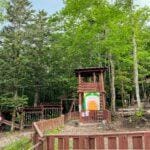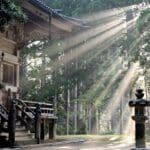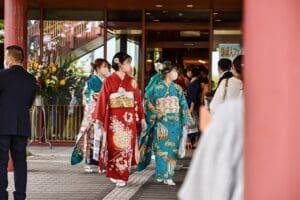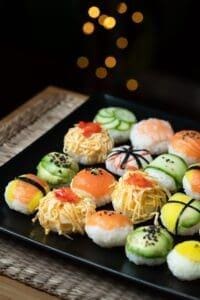In the heart of Tokyo, amidst the bustling metropolis, a time-honored tradition comes to life every year in July – the Nihonbashi Bridge Hashiarai. This annual event brings people together to embark on a symbolic journey of cleansing, where the bridge is washed, and the accumulated dirt of one year is taken away. Join us as we delve into the essence of this cultural celebration that serves as a bridge between past and present.
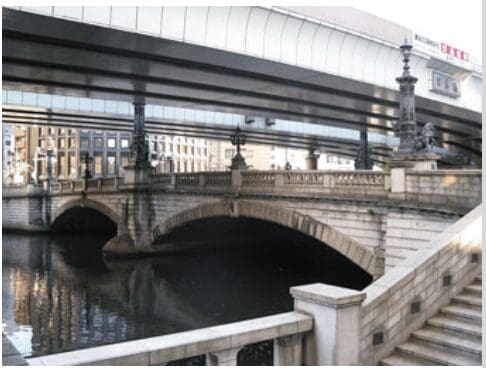
The Nihonbashi Bridge Hashiarai is a ritual deeply rooted in Japanese tradition. It harks back to centuries past when the bridge was not just a physical connection but also a spiritual one. Washing away the dirt symbolized not only physical purification but also the renewal of the spirit.
This event serves as a bridge across generations, as young and old come together to partake in this annual ritual. Families, friends, and strangers unite for a common purpose – to cleanse the bridge and renew its vitality.
The act of washing the bridge is a meticulous and collective effort. Participants use brooms, brushes, and buckets of water to scrub away the dirt and grime that has accumulated over the year. It is not merely a physical endeavor but also a spiritual one, reflecting the Japanese reverence for nature and cleanliness.
As the dirt is washed away, a sense of renewal washes over the participants and the bridge itself. The Nihonbashi Bridge, often referred to as “Kilometer Zero,” stands as a symbol of Tokyo’s history and evolution. Cleansing it annually is a way to pay homage to the city’s heritage and ensure its continued prosperity.
The Nihonbashi Bridge Hashiarai is not just about cleaning; it’s also a celebration of Japanese culture. Traditional ceremonies, performances, and local delicacies add to the festive atmosphere. It’s a time when Tokyoites and visitors alike can immerse themselves in the rich tapestry of Japanese traditions.
As the event concludes, and the bridge gleams anew, it serves as a bridge not only to the past but also to the future. The Nihonbashi Bridge Hashiarai reminds us of the importance of preserving our cultural heritage while embracing the modern world.
The Nihonbashi Bridge Hashiarai is more than a cleaning event; it’s a celebration of culture, community, and continuity. It allows us to connect with Japan’s ancient traditions and appreciate the significance of cleansing and renewal. As participants gather to wash away the year’s dirt, they also wash away the burdens of the past, leaving behind a fresh start and a gleaming bridge that stands as a testament to Tokyo’s enduring spirit.


